The Russia-Ukraine war has now entered its 18th month, with neither side achieving decisive strategic or operational control, bringing the conflict closer to a protracted stalemate rather than a resolution at the negotiation table. This prolonged uncertainty suggests that the war may continue for several more months before either party considers a truce. A similar situation is unfolding in Gaza, where the war is now in its ninth month, making it one of the longest wars in the history of the Arab-Israeli conflict, rivalled only by the wars surrounding the establishment of Israel and the War of Attrition with Egypt. Here, too, there is little indication that a resolution or even a willingness to negotiate a truce is forthcoming from either side. The possibility of a decade marked by extended wars looms on the horizon, especially if a conflict were to break out between China and one of its neighbours, whether in the Taiwan Strait or the South China Sea. This scenario is increasingly plausible given the United States' (U.S.) involvement in regional and international political and economic skirmishes directly targeting Chinese interests.
The current and anticipated wars share two key characteristics, in addition to the fact that they have taken or may take longer to resolve than expected. Firstly, they are occurring or expected to occur in regions of immense strategic importance to the world, such as the Great European Plain—one of the world's most fertile areas and a major grain-producing region—or in the heart of the Middle East, a critical juncture for global trade and energy routes. Secondly, these wars are not merely between individual countries or parties but involve broader alliances. For instance, in the Russia-Ukraine War, North Korea and Iran are indirectly aligned with Russia, while NATO supports Ukraine. Similarly, in the Israel-Hamas War, the U.S., Britain, and France are aligned with Israel, whereas Iran, Hezbollah, the Houthis, and numerous Shiite militias in Iraq and Syria support Hamas.
These two characteristics have imparted the ongoing wars with traits that, to some extent, echo those of the First and Second World Wars, particularly in terms of the intense consumption of ammunition and the resulting high death rates among the warring parties, as well as the extended length of the engagement lines. As a result, both wars have begun to consume vast quantities of ammunition and conventional weapons, especially artillery shells, to the point where the stockpiles of the forces involved have been significantly depleted or are nearing exhaustion. This depletion has made the replenishment of supplies inevitable, transferring the pressure of the battlefield to the production lines in factories. However, these factories have frequently struggled to meet the front lines' demands or replenish stockpiles, leading to a severe shortage of ammunition on all fronts for all parties involved.
This scarcity has transformed the war into a series of industrial battles, where the side with greater industrial capacity gains the upper hand by supplying its forces with more ammunition, thereby securing a tactical advantage. As a result, industry has become a direct and critical component of national security in its most narrow sense. Consequently, this analysis examines the impact of industrial capacity on the Russia-Ukraine war, focusing specifically on the artillery capabilities of both sides.
The Importance of Artillery in Wars of Attrition
Artillery is central to both defence and attack strategies in prolonged wars of attrition, earning it the moniker “the King of War.” Its pivotal role lies in its ability to propel friendly forces forward and hinder the advance of enemy forces. The significance of artillery can be summarised as follows:
In the event of an attack, artillery performs three leading roles:
- Suppression of Enemy Defences: Artillery targets the enemy’s trenches, bunkers, and other fortifications, disrupting their defensive capabilities and making them more vulnerable to infantry assaults.
- Breaching Obstacles: Artillery is employed to create gaps in barbed wire, minefields, or other obstacles, thereby clearing paths for friendly forces to advance.
- Counterfire: Artillery is used to locate and neutralise enemy artillery positions, thereby diminishing their capacity to inflict damage on attacking forces or hinder the advance of friendly forces. This function is crucial for enabling the manoeuvre and advancing the attacking forces’ ranks and formations. The following video provides an overview of the roles of artillery during an attack:

In the context of defence, artillery performs several crucial roles, including:
- Area Denial: Artillery establishes firing zones that hinder the enemy’s ability to gather forces or manoeuvre, thereby slowing their advance and providing defenders with time to fortify their positions.
- Anti-Armour: Artillery targets enemy tanks and other armoured vehicles, either directly or with specialised anti-tank ammunition. This creates barriers that make it challenging for armoured forces to advance through specific areas.
- Long-Handed Guard: Artillery provides support to reinforce fortified defensive positions by delivering fire support to specific areas, thereby enhancing their resilience against enemy attacks. The following GIF elaborates on the defensive roles of artillery:

Given its strategic significance, artillery has emerged as a pivotal weapon in operations on the Ukrainian front. This has led to intense use of artillery by both warring forces, causing a significant shortage of ammunition and spare parts, a critical situation we will delve into in the following section.
The War of Attrition in Ukraine and the Artillery Ammunition Gap
The war of attrition primarily relies on artillery to inflict sustained heavy losses on the opponent, whether by attacking their strongholds, disrupting their offensive waves, or preventing them from achieving their operational objectives. Consequently, such a war consumes substantial quantities of ammunition in both offensive and defensive contexts. The longer the war persists, the greater the cost, especially if it occurs in expansive open areas or densely populated residential zones that restrict the movement of armoured vehicles, thereby increasing direct confrontations between soldiers on both sides.
These conditions are reflected in the Russia-Ukraine War, where the front line stretches approximately 1,000 kilometres with a maximum depth of up to 10 kilometres . As a result, hundreds of thousands of equipment and soldiers, including thousands of artillery pieces, have been engaged in this front for nearly 18 months. This extensive engagement has led to the consumption of hundreds of thousands of artillery shells and ammunition overall. It has incurred significant losses, including thousands of tanks, armoured vehicles, and artillery pieces, on both sides during offensive and defensive operations. Notably, Russia had over 8,300 artillery pieces in 2023, compared to approximately 1,000 in Ukraine.
These artillery pieces have discharged millions of shells, predominantly 155 mm, since the war began. Estimates of daily firing rates vary, with the Russian side averaging around 70,000 shells per day and the Ukrainian side about 20,000. This equates to approximately 2 million shells per month for Russia and around 600,000 for Ukraine, resulting in a total of 487 million shells fired since the war’s inception .
The intense firing of these shells exerts significant wear on the artillery pieces, particularly the barrels. For instance, a cannon like the M-777 howitzer requires an average of 2,500 shells before its barrel needs replacement, while the Panzer 2000 can handle approximately 4,500 shells. Given the overall usage, this implies the need for around 10,000-barrel replacements if the replacement rate is 5,000 shells per barrel. This figure exceeds the total number of cannons possessed by both countries combined. Notably, Russia, being the largest artillery owner globally, possesses twice as many cannons as South Korea, which ranks second.
Both countries have struggled to supply their forces with the vast quantities of shells and barrels required, as their prewar production levels were insufficient to meet such high consumption rates. This situation prompted efforts to boost production capabilities. Estimates suggest that Russian production has increased from 1 million shells before the war to 2 million currently, with authorities aiming to raise it to 4.5 million by the end of 2024 . This projected increase underscores the scale of artillery fire anticipated by Russian authorities for the remainder of the year, even without a resolution to the battle.
Ukraine’s prewar production capabilities were nearly non-existent, leading the country to rely on Soviet-era ammunition stockpiles initially. Subsequently, Ukraine began ramping up self-production efforts, with its output in July 2023 alone surpassing the total production for the entire previous year .
Limited domestic manufacturing capabilities, relative to consumption, led both powers to seek external support. Russia turned to North Korea, importing an estimated 5 million shells in 10 thousand standard containers . Meanwhile, Iran is believed to have provided crucial assistance in terms of artillery shells and drones, although official figures or reliable estimates are not available.
On the other hand, Ukraine relies heavily on imported ammunition, primarily from the U.S., which has provided millions of 155 mm shells. The European Union (EU) has pledged 1 million shells, and Ukraine has also secured several tens of thousands of shells through aid from Poland, the Czech Republic, and other countries. Additionally, Ukraine has made purchases from Pakistan and Bulgaria’s stockpile of Soviet-era shells . The following map illustrates the declared military support for Ukraine:
The Ukrainian deficit is expected to widen over time due to the slowdown in supplies from the Western camp and the simultaneous increase in the pace and geographical expansion of the Russian attack. This situation is exacerbated by the depletion of Western stocks, with the highest military official in NATO explicitly stating that “the bottom of the barrel is now visible,” indicating that ammunition stocks are nearing exhaustion .
This depletion is accompanied by a significant decline in production capabilities, as Western powers have focused their military strategies on air power due to their involvement over the past three decades in short-term, high-intensity conflicts that emphasise aerial strikes rather than ground engagements . This shift has led to a reduced reliance on artillery . In contrast, Russian forces have continued to prioritise artillery as a core element of their combat strategy . They have maintained their artillery production facilities and stockpiles, many of which date back to the Soviet era. Although these older stocks are less accurate and less effective than more modern ammunition developments from the 1960s and 1970s , Russia’s continued reliance on artillery has ensured their availability on the battlefield.
The scene on the Ukrainian front is becoming increasingly strained for both sides, as they have consumed vast amounts of ammunition, equipment, and personnel without achieving a decisive outcome. Both sides are now struggling to sustain the battle. Ukraine, in particular, cannot secure the necessary ammunition to maintain even the minimum level of combat efficiency without external support. Meanwhile, the Western camp, to which Ukraine belongs, lacks the current industrial capacity to supply enough ammunition to meet even Ukraine’s basic requirements. This issue will be explored in greater detail in the following section.
The Irregularity of Ammunition Supply Chains for Western Powers
The capacity deficit arises from the inadequacy of current production lines on both sides, particularly in the medium term for the Western powers. As previously mentioned, the Western side faces challenges in reactivating its ammunition production lines, especially for artillery shells, following closures that occurred after the Cold War. These closures were driven by the diminished perception of threats after the collapse of the Soviet Union, the fragmentation of its military forces, and its division into several smaller countries. This left the West without a significant international competitor or strong adversary throughout the last decade of the 20th century and the early years of the 21st century .
On the other hand, Western military doctrine has significantly shifted away from reliance on artillery and its ammunition, which are now considered “blunt” and expensive. Before the end of the Cold War, military tactics focused on large armies, armoured divisions, and heavy artillery, with nuclear deterrence playing a central role in strategic thinking. In contrast, current military strategies are oriented toward asymmetric threats such as terrorism, insurgency, and regional conflicts. This shift necessitated the development of new strategies and tactics to address non-state actors and unconventional warfare.
Simultaneously, technological advancements have led to the development of precision-guided munitions and high-tech weapons systems, enabling more accurate strikes and reducing collateral damage. These innovations have further shifted the focus away from traditional, massive firepower to more precise and efficient means of warfare.
Finally, the significance of information in military operations has grown substantially, leading to the development of a concept where military forces are interconnected through a shared network. This enhances communication, coordination, and decision-making. With the emergence of the U.S. as a global superpower, there has been a heightened focus on the ability to rapidly deploy forces anywhere in the world. This shift has necessitated the development of new logistical and transportation capabilities unsuited to the heavy weight and bulk of traditional artillery and its ammunition.
Two prominent examples of this strategic shift are the Powell Doctrine and the Rumsfeld Doctrine . The Powell Doctrine emphasised using overwhelming force to achieve a decisive and cost-effective victory. In contrast, the Rumsfeld Doctrine advocated using smaller, more flexible forces combined with advanced technology.
The cumulative effect of these factors has led the West to either close or downsize its artillery ammunition factories over the past three decades. The following table presents examples of some of the most significant ammunition factories that were impacted during this period:
The table illustrates the extent of closures, where factories were not only shut down but also completely liquidated, including the dismantling of production lines and the repurposing of the land. This thorough liquidation explains the difficulty in resuming production quickly or in the short-term. In some cases, reestablishing production requires constructing entirely new factories or upgrading existing production lines, which involves ordering new equipment and infrastructure. Even when factories remain operational, the supply chains necessary to support them may no longer exist. Thus, the process requires rebuilding the entire supply chain, from raw materials to the final product. The following table outlines the actual expansion plan for the production of 155mm artillery shells in the West, according to the announced development timeline:
production shortfall has led the U.S. to construct several new factories, the most prominent of which is operated by General Dynamics Ordnance and Tactical Systems.
This factory represents the first significant new weapons facility built by the Pentagon since the war began and is expected to produce 30,000 shells per month once it reaches total capacity. The Pentagon’s goal is to ramp up production to 100,000 artillery shells per month by the end of 2025 by integrating the output from this new facility with existing production in Pennsylvania. However, this gradual increase highlights the significant challenges Ukrainian forces will face due to the ongoing severe ammunition shortages.
The production process is further slowed by the irregularity of the supply chain, which involves two critical stages before the final product is ready. The first stage involves extracting and mining essential materials like nitrogen, sulphur, potassium, and phosphorus, which are integral to production. A significant challenge is that most of these key extraction sites are located outside Western countries, necessitating transporting these materials by sea in containers.
This reliance on maritime transport complicates the supply process, especially given the current congestion in global shipping routes. The situation is exacerbated by the ongoing Red Sea crisis and the closure of Bab EL Mandeb, a vital chokepoint for global trade, which has added an estimated 45% to shipping times. The following map illustrates the top five producers of some of the most crucial minerals involved in the manufacturing process:
The second stage of the supply chain involves the production of internal components from the raw materials, often referred to as “Energetics.” These components, derived from the previously mentioned minerals, are essential for creating explosives, propellants, and pyrotechnics. However, the current challenge is that there are not enough manufacturing facilities to meet the surging demand, and even the existing facilities often rely on imports from outside the Western bloc, particularly for critical items like electric detonators or detonating caps.
This reliance on external imports introduces additional complications. More extensive facilities with specific storage capabilities are required to manage increased imports, which adds another layer of complexity. Compounding the problem is the fact that global production available for export is insufficient to meet current demands, as highlighted by the following figure:
The figure illustrates that exports of two of the most crucial internal components of artillery shells, following those produced by Russia and Ukraine, have surged by approximately 40% in both 2022 and 2023. This increase is attributed to the rising demand and availability of adequate supply quantities. As previously highlighted, the two camps involved in the war are now actively scouring the globe for these essential components, in addition to entirely manufactured shells.
In conclusion, the Russia-Ukraine War, now in its 18th month, is likely to continue for several more months due to the ongoing inability of either side to secure a decisive resolution. This situation is exacerbated by the widening ammunition gap faced by Ukrainian forces, compounded by the Western camp’s failure to meet its needs. The irregularity of Western supply chains and the limited manufacturing capabilities pose significant challenges, suggesting that the war may evolve into a prolonged war of attrition.
This protracted engagement may ultimately hinge on the production lines rather than on the battlefield itself. With the West struggling to rebuild its manufacturing capacity and the pace of ground battles accelerating, the demand for ammunition far exceeds current production capabilities.
It can be concluded that the Russia-Ukraine War, which initially began as a rapid engagement, has evolved into a protracted war of attrition. This shift will likely reshape the global order and compel Western powers to reassess their military doctrines and defence policies. Specifically, a renewed focus will be on strengthening industrial capabilities and rebuilding supply chains to prevent future ammunition shortages.
The lessons learned from this war highlight the need for robust manufacturing capabilities and effective supply chains to address escalating tensions in other regions, such as Taiwan and the South China Sea. These areas may face similar conflicts shortly, necessitating a strategic approach that prioritises high production capacities and the ability to swiftly resolve wars. Failure to adapt could result in costly wars of attrition that not only strain economies but also jeopardise global security conditions.
References
Riley Baily, Et.al, Russian offensive campaign assessment, ISW, Jul 16,2024, Accessed: 17th Jul 2024, Available at: https://www.understandingwar.org/sites/default/files/July%2016%2C%202024%2C%20Russian%20Offensive%20Campaign%20Assessment%20PDF.pdf
Andy Bounds, Ukraine asks EU for 250,000 artillery shells a month, Financial Times, 3rd March, 2023, Accessed: 17th Jul 2024, Available at: https://www.ft.com/content/75ee9701-aa93-4c5d-a1bc-7a51422280fd
Murray Brewster, Canada will send $9M worth of howitzer replacement barrels to Ukraine, CBC, 16th Jun 2022, Accessed: 17th Jul 2024, Available at: https://www.cbc.ca/news/politics/canada-sending-howitzer-barrels-nine-million-1.6489402
John Hardie, Russian Munitions Production Higher But Still Insufficient, FDD, 18th Jan, 2024, Accessed: 17th Jul 2024, Available at: https://www.fdd.org/analysis/op_eds/2024/01/18/russian-munitions-production-higher-but-still-insufficient/
Kateryna Denisova, Shells previously designated as expired brought back into service Defense Ministry says, The Kyiv Independent, 16th July, 2024, , Accessed: 17th Jul 2024, Available at: https://kyivindependent.com/army-receives-shells-supposed-to-be-disposed-by-ukraine/
Soo-Hyang Choi, North Korea Sent Russia Millions of Artillery Shells, South Korea Says, Time, 14th Jun, 2024, Accessed: 17th Jul 2024, Available at: https://kyivindependent.com/army-receives-shells-supposed-to-be-disposed-by-ukraine/
Sam Skove, Import records illuminate Ukraine’s desperate hunt for arms and ammo, 1st Nov, 2023, Accessed: 17th Jul 2024, Available at: https://www.defenseone.com/business/2023/11/import-records-illuminate-ukraines-desperate-hunt-third-party-arms-and-ammo/391686/
Andy Bounds, Ukraine asks EU for 250,000 artillery shells a month, Financial Times, 3rd March 2023, Accessed: 18th Jul 2024, Available at: https://www.defenseone.com/business/2023/11/import-records-illuminate-ukraines-desperate-hunt-third-party-arms-and-ammo/391686/
James Landale, Ukraine war: Western allies say they are running out of ammunition, BBC, 3rd October 2023, Accessed: 18th Jul 2024, Available at: https://www.bbc.com/news/world-europe-66984944
Saunders, R. J. and Souva, M. (2019). Command of the skies: an air power dataset. Conflict Management and Peace Science, 37(6), 735-755. https://doi.org/10.1177/0738894219863348
Osinga, F. (2021). Postmodern air power and the western way of war. Handbook of Military Sciences, 1-20. https://doi.org/10.1007/978-3-030-02866-4_18-1
Sam Cranny-Evens, Russia’s Artillery War in Ukraine: Challenges and Innovations, 9th August 2023, RUSI, Accessed: 18th Jul 2024, Available at: https://rusi.org/explore-our-research/publications/commentary/russias-artillery-war-ukraine-challenges-and-innovations
Paul Schwennesen, Eyewitness to war: The Russia-Ukraine ammunition gap, GIS, 7th June, 2024, Accessed: 18th Jul 2024, Available at: https://www.gisreportsonline.com/r/russia-ammunition/
Meijer, H. L. (2010). Post-Cold War trends in the European defence industry: Implications for transatlantic industrial relations. Journal of Contemporary European Studies, 18(1), 63-77.
Tyler Koteskey, Reflecting on the ‘Powell Doctrine’ and why we should revive it, Responsible Statecraft, 19th March 2022, Accessed: 18th Jul 2024, Available at: https://responsiblestatecraft.org/2022/03/19/reflecting-on-the-powell-doctrine-and-why-we-should-revive-it/
Michael E. O’Hanlon, A Reality Check for the Rumsfeld Doctrine, 29th April, 2003, Brookings, Accessed: 18th Jul 2024, Available at: https://www.brookings.edu/articles/a-reality-check-for-the-rumsfeld-doctrine/
John Ismay, Pentagon Opens Ammunition Factory to Keep Arms Flowing to Ukraine, The New York Times, 29th may 2024, Accessed: 18th Jul 2024, Available at: https://www.nytimes.com/2024/05/29/us/pentagon-ammunition-ukraine-russia.html



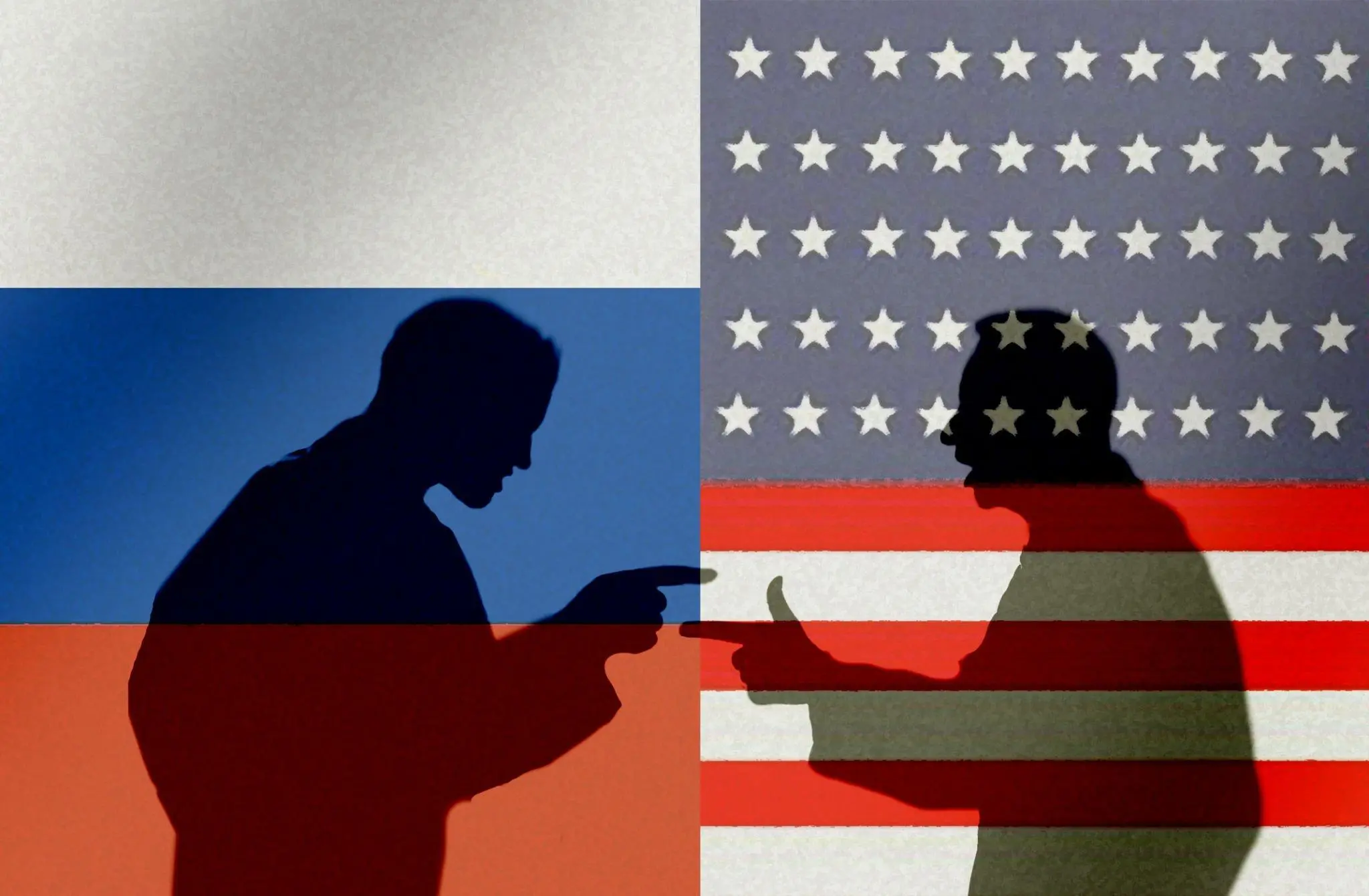


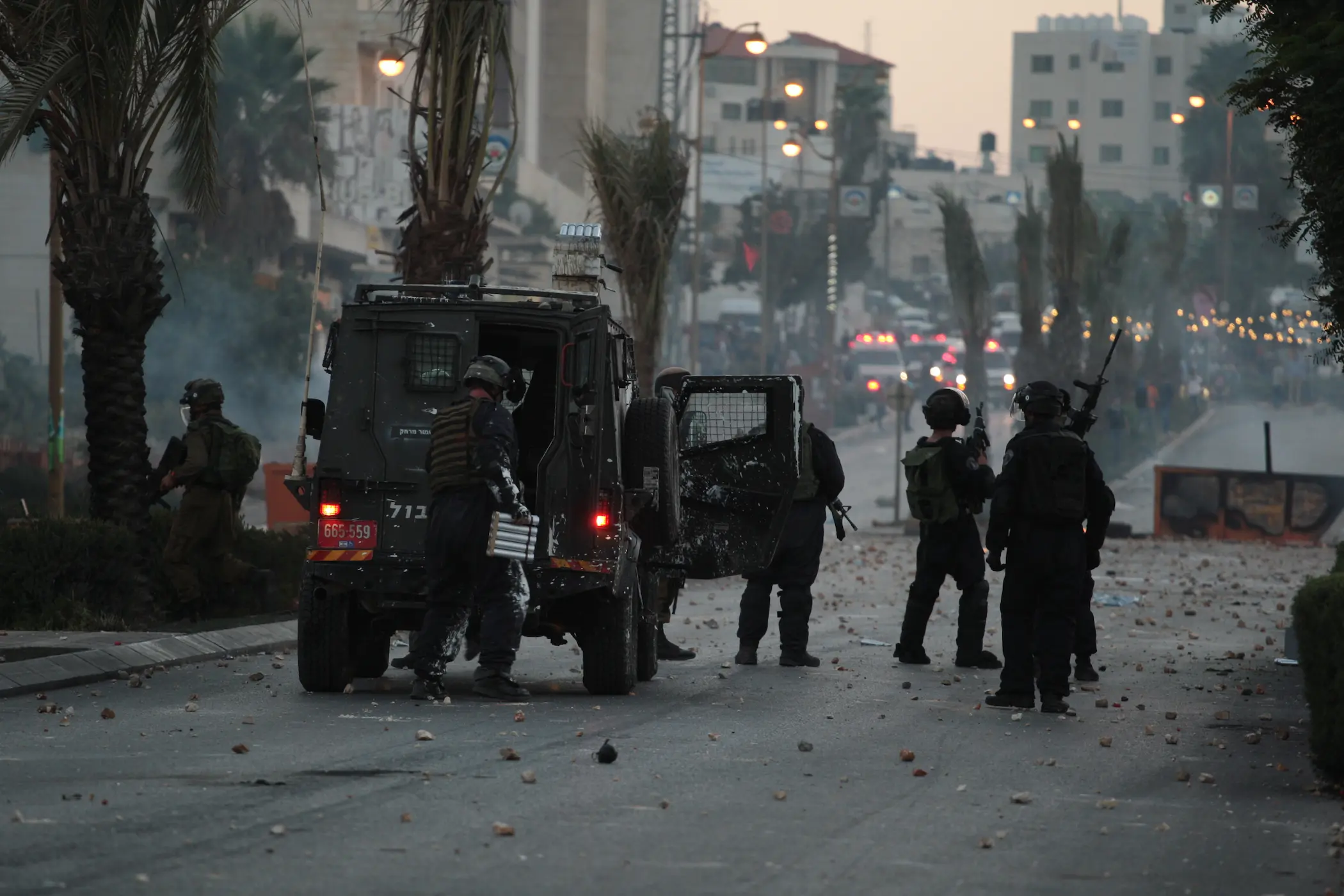


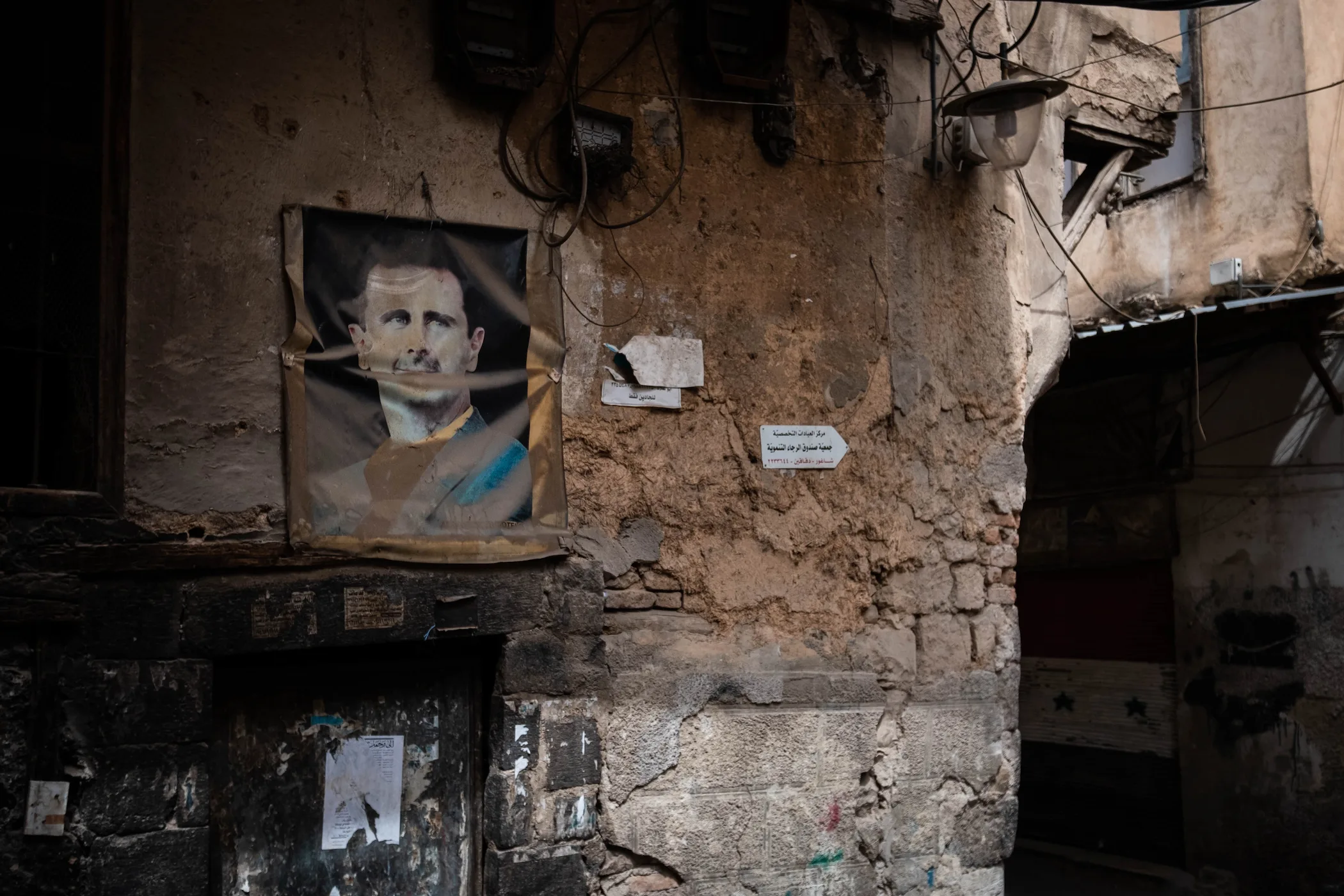


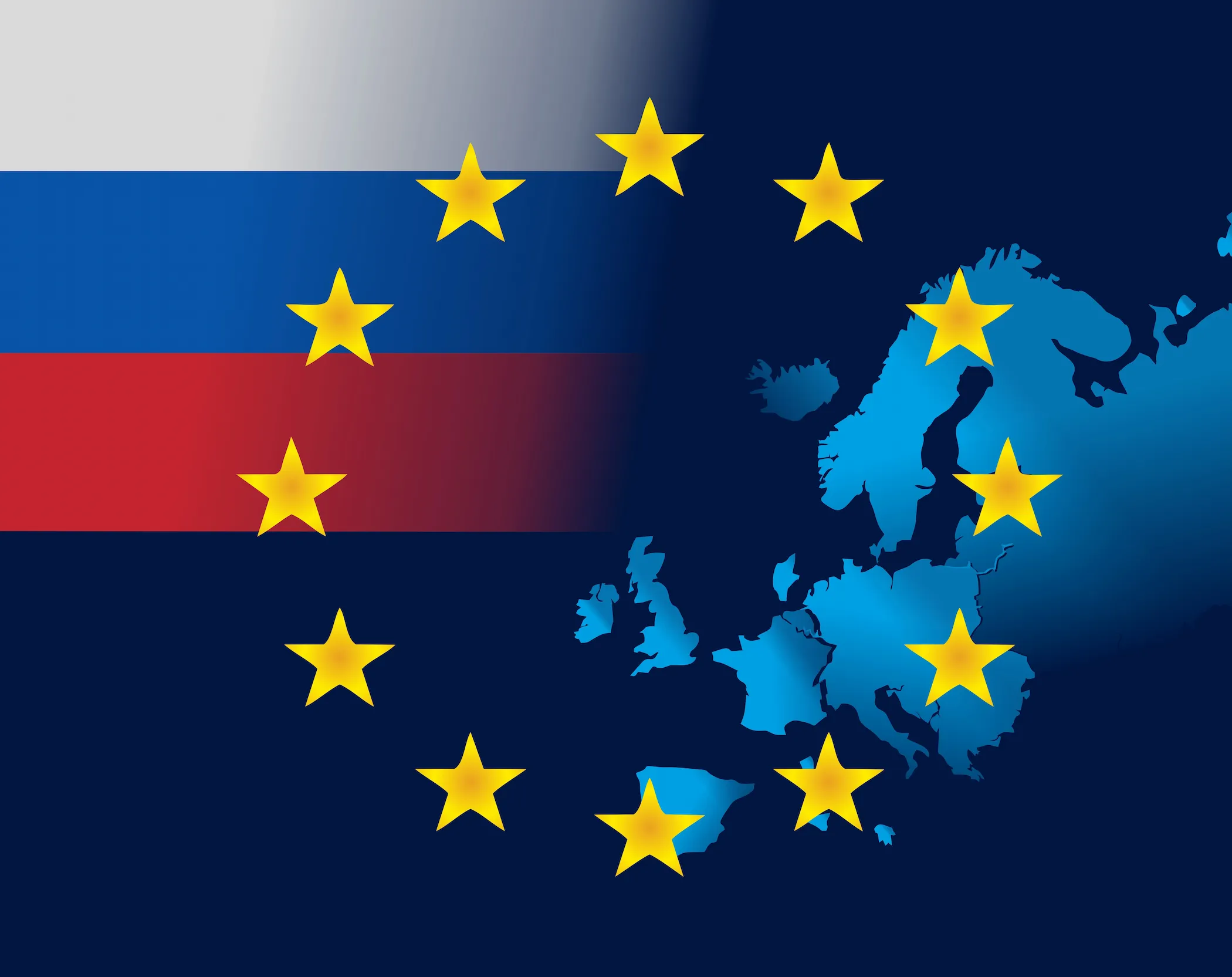

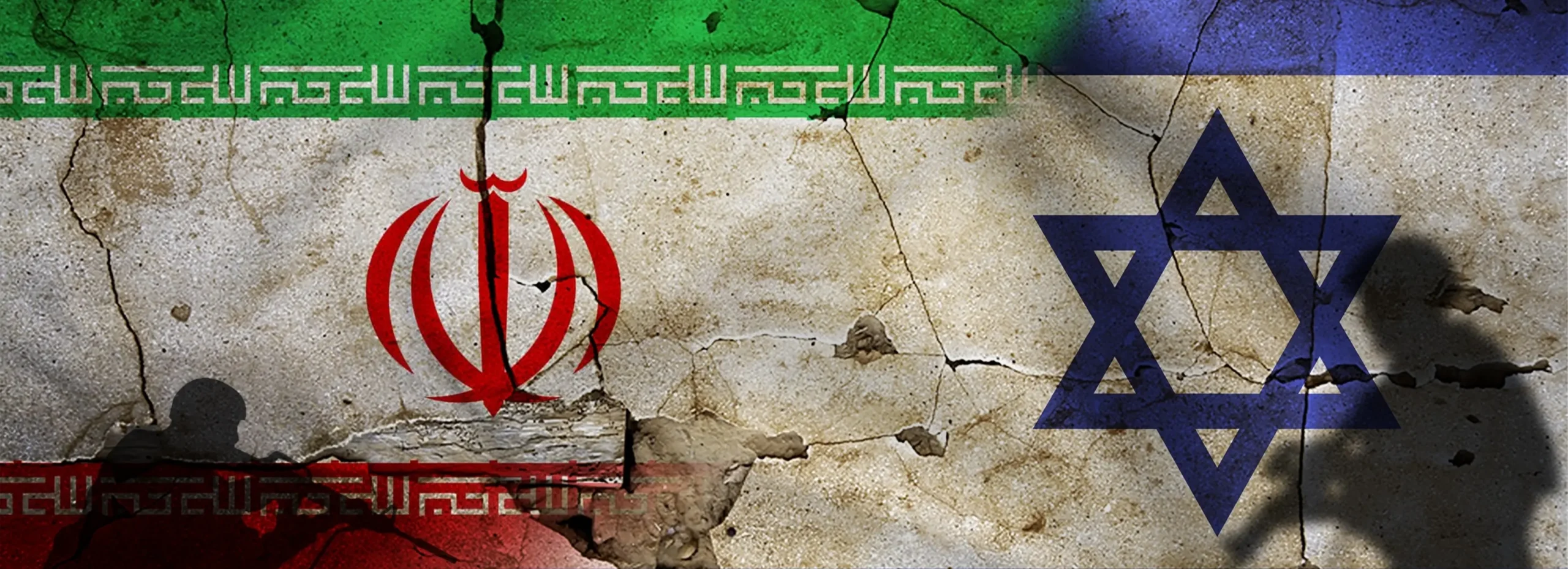
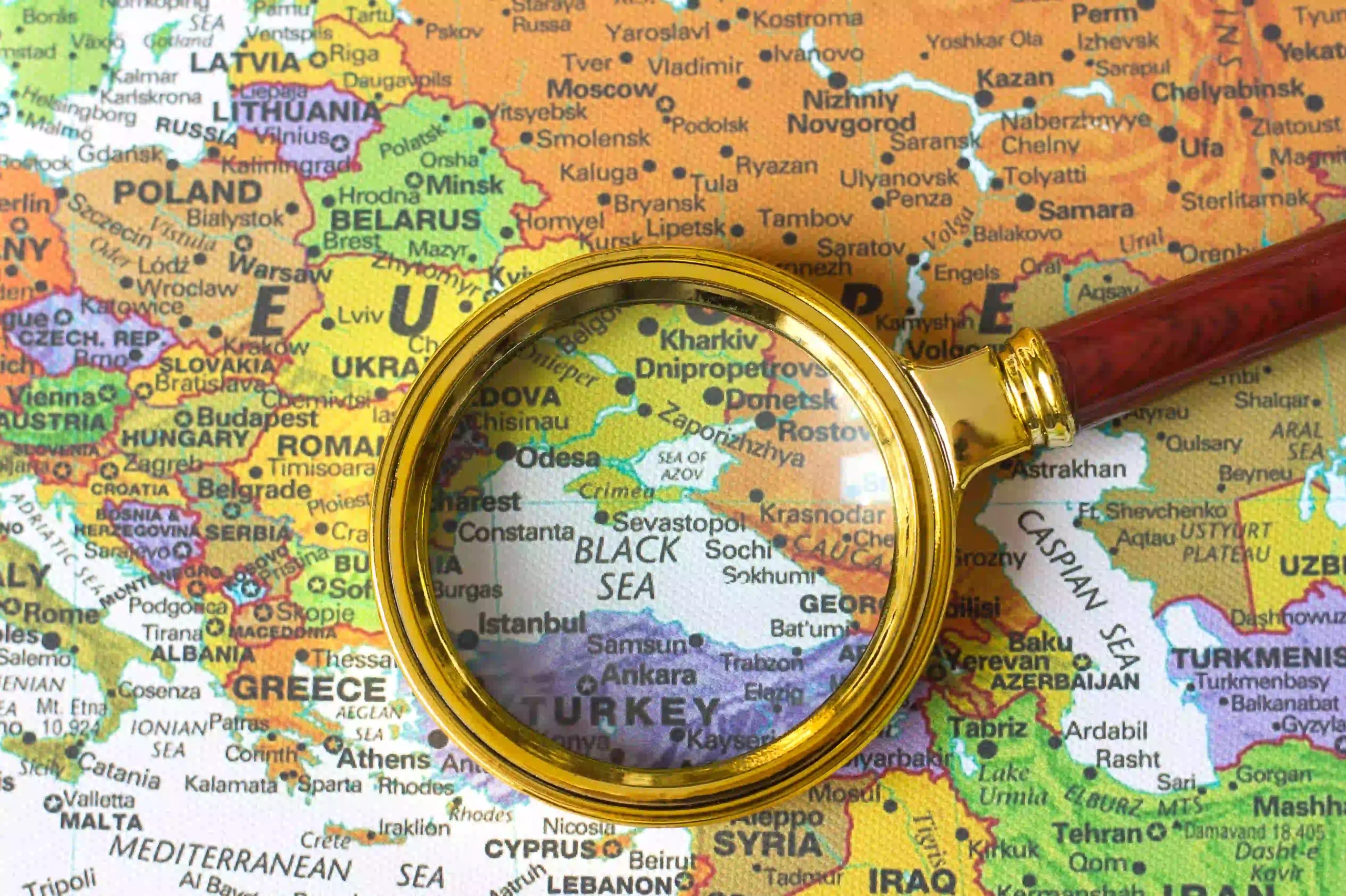
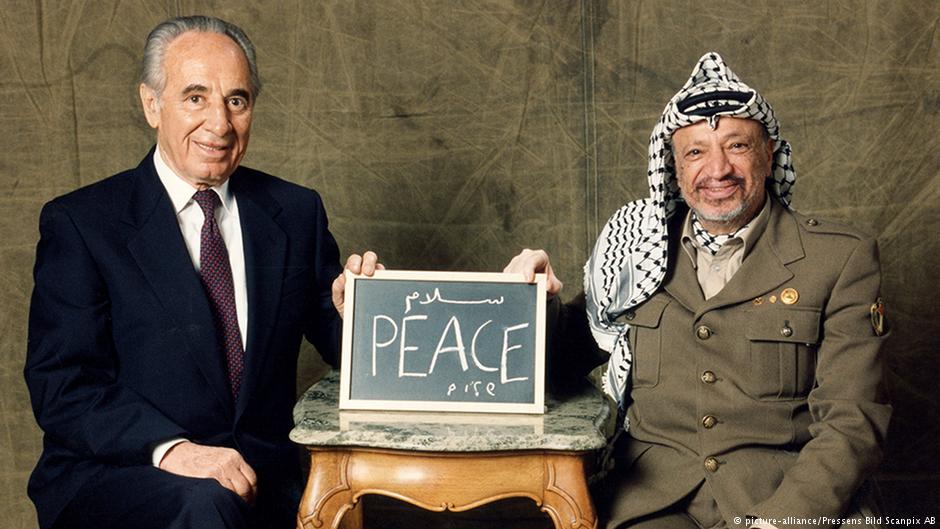



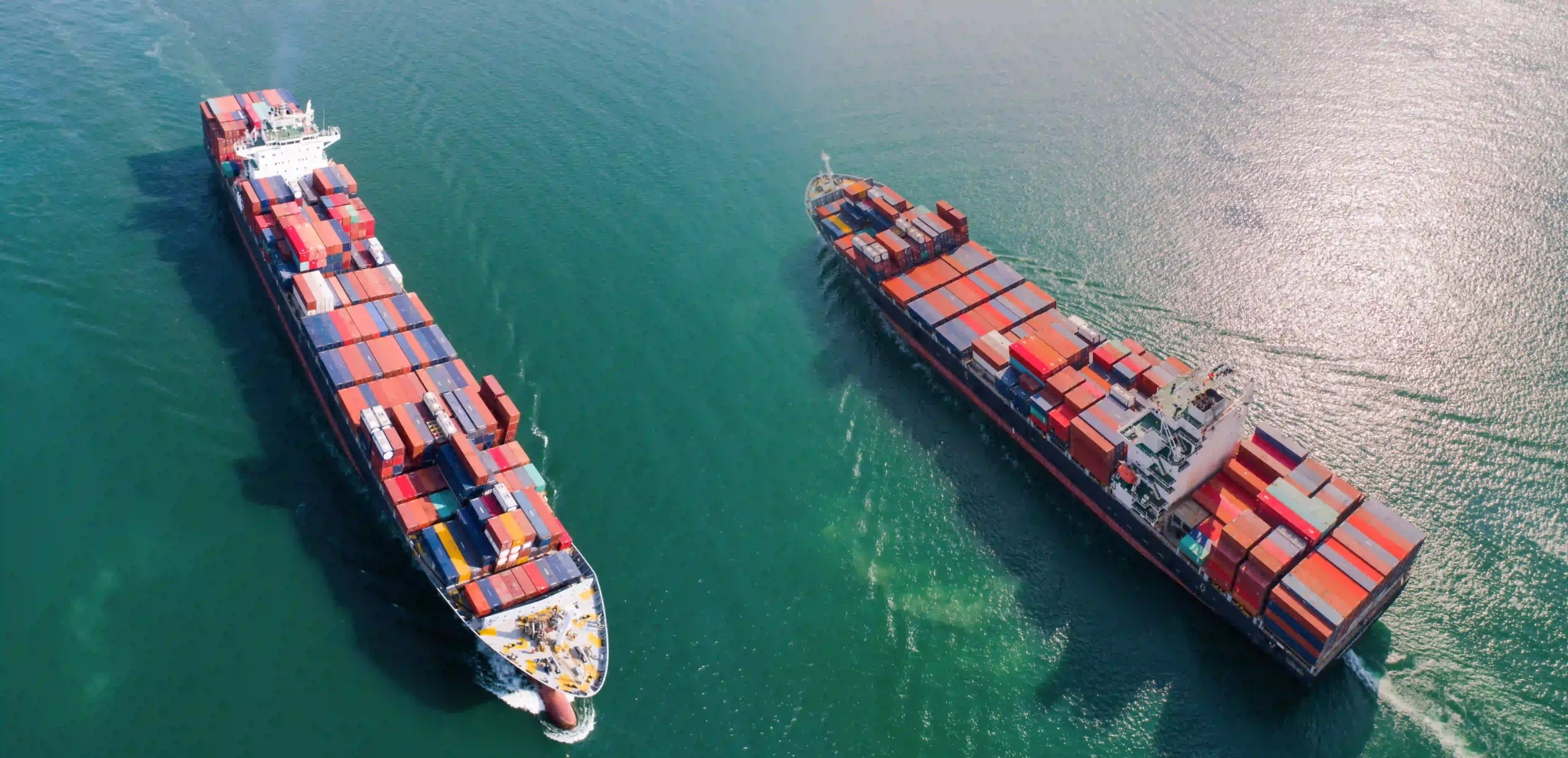

Comments